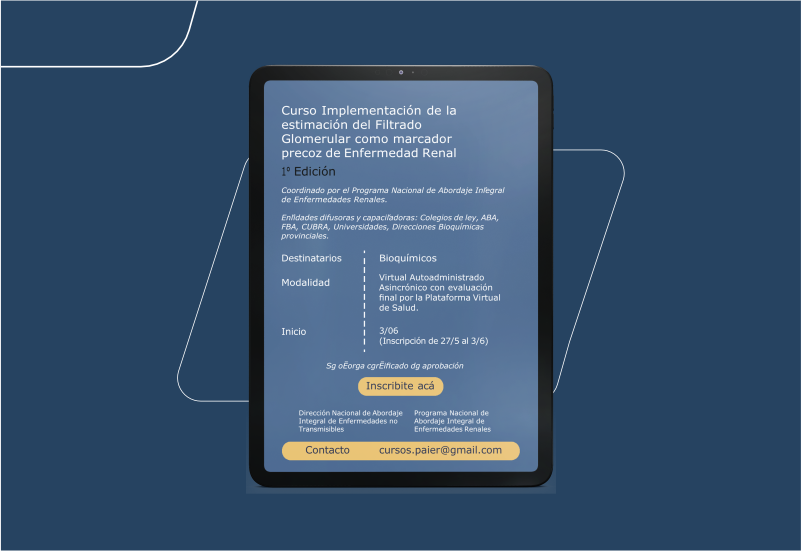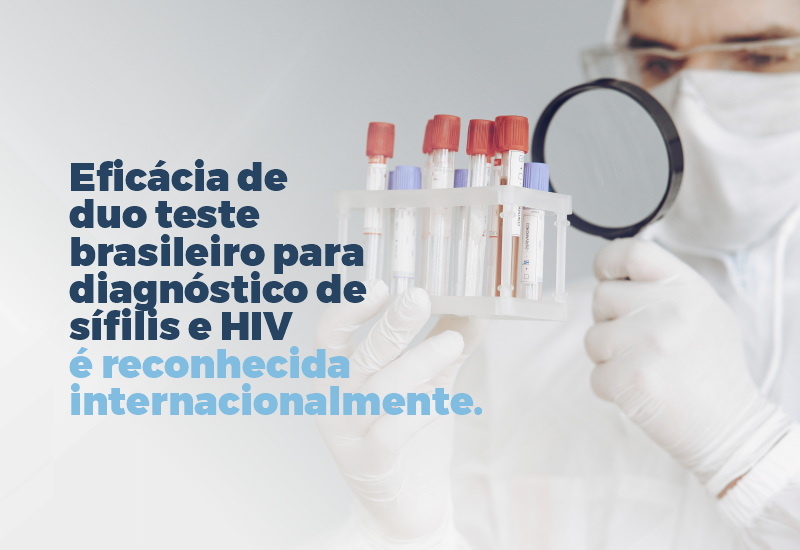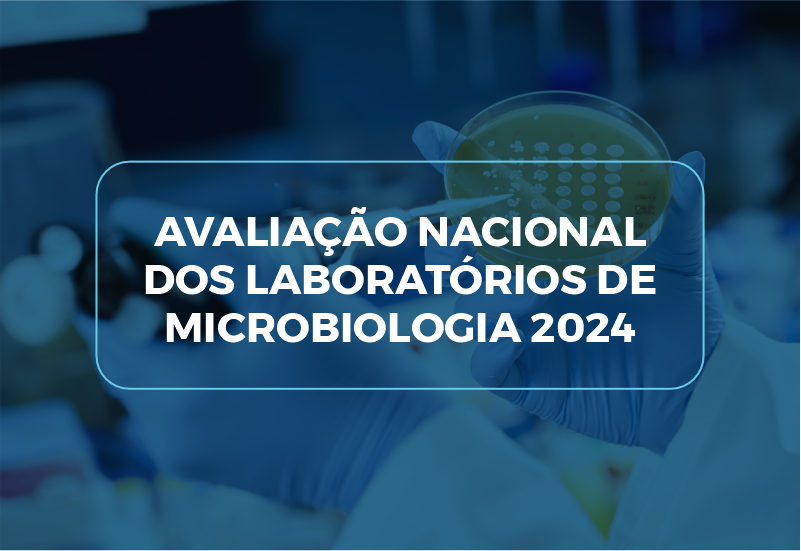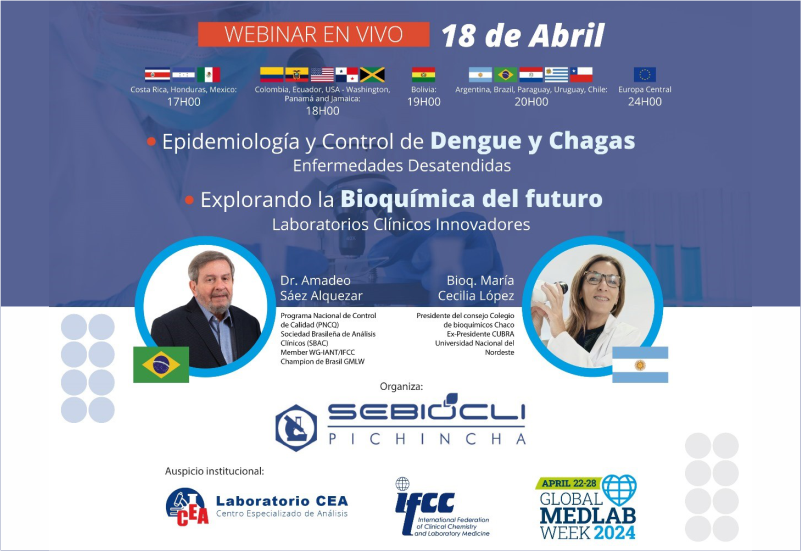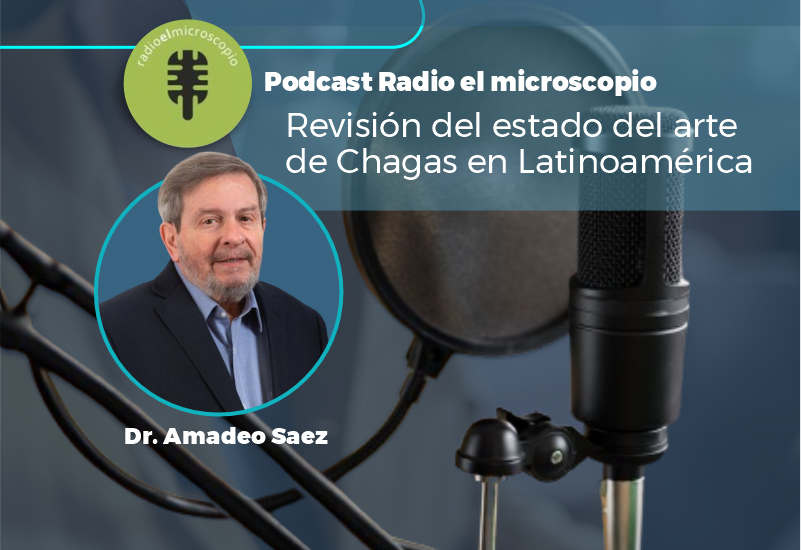Teste fluorescente encontra DNA livre no soro de pacientes com câncer
Um novo teste foi desenvolvido para medir DNA livre em circulação no soro de pacientes com câncer utilizando fluorocromo sem extração ou ampliação. O teste é realizado com a simples adição de fluorocromo às amostras e medindo a fluorescência obtida. O teste é preciso, sensível e reprodutível. O teste foi desenvolvido no Soroka University Medical Center, em Be???er Sheva, Israel, e comparado com um kit comercial para antígeno carcinoembriônico (CEA). O novo teste fluorescente foi avaliado em uma cobaia e depois testado no soro de pacientes com câncer colorretal. Havia 38 pacientes não selecionados com confirmação de câncer colorretal primário dentre os quais 55% eram mulheres e 45% eram homens. A faixa etária era de 43 a 86 anos, e a idade média foi de 68 anos. O soro de pacientes saudáveis voluntários também foi testado. A concentração de CEA foi determinada com o uso de teste Architect CEA, da Abbott.
O teste de DNA livre usando o SYBR Gold Nucleic Acid Gel Stain diluído, que foi adicionado às amostras de soro, e a florescência resultante medida por um fluorômetro. Concentrações de amostras desconhecidas foram calculadas a partir de curvas-padrão de DNA por extrapolação num modelo de regressão linear. Os 38 pacientes com CRC tinham altos níveis de CFD pré-operatórios de 798 ± 409 ng/mL quando comparados com indivíduos saudáveis com níveis de CFD de 308 ± 256 ng/mL. Os níveis de CFD estavam elevados em pacientes que permaneceram com a doença ou morreram na comparação com pacientes livres da doença no espaço de um ano.
———————————————————————————
Versão na íntegra em inglês:
Fluorescent Assay Determines Free DNA in Cancer Patient”s Serum
Posted on 23 Feb 2011
An assay has been developed that measures circulating cell-free DNA in the serum of patients with cancer using a fluorochrome and without extraction and amplification. / The assay is simply performed by adding diluted fluorochrome to the samples and measuring the fluorescence obtained. The assay is accurate, sensitive, and reproducible. / The assay was developed at the Soroka University Medical Center, (Be???er Sheva, Israel) and compared with a commercial kit for carcinoembryonic antigen (CEA). The innovative fluorescent assay was first evaluated on a mouse model and then tested on colorectal cancer (CRC) patients” serum. There were 38 unselected patients with confirmed primary CRC recruited among whom 55% were women and 45% were men. The age range was 43-86 years, and the mean age was 68 years. The primary colon carcinoma sites were as follows: right colon, sigmoid colon, left colon, rectum, and simultaneous carcinoma in the right and left colon. Serum from healthy volunteers was also tested. The concentration of CEA was determined by using the ARCHITECT CEA assay (Abbott Laboratories, Abbott Park, IL, USA). / The cell-free DNA (CFD) assay used diluted SYBR Gold Nucleic Acid Gel Stain (Invitrogen; Carlsbad, CA, USA), which was added to the serum samples and the resulting fluorescence measured with a 96-well fluorometer. Concentrations of unknown samples were calculated from a DNA standards curve by extrapolation in a linear regression model. The 38 patients with CRC had higher preoperative CFD levels of 798 ± 409 ng/mL, when compared with healthy subjects with CFD levels of 308 ± 256 ng/mL. CFD levels were elevated in patients who remained with the disease or died as compared with patients free of disease at one year.
Colorectal cancer (CRC) is the third most common type of cancer worldwide, with an estimated one million new cases and a half million deaths each year. Early diagnosis is fundamental in reducing morbidity and mortality, with patients diagnosed at early stages demonstrating increased long-term survival. The authors concluded that by using a simple fluorometric assay, they were able to find elevated CFD levels in cancer patients, confirming the findings of previous studies that were performed with a complex and time-consuming method. The study was published in February 2011, in the American Journal of Clinical Pathology.






